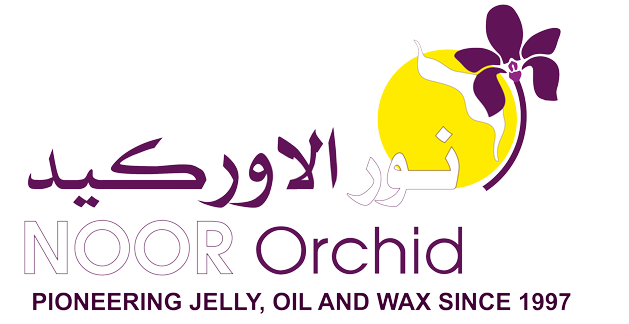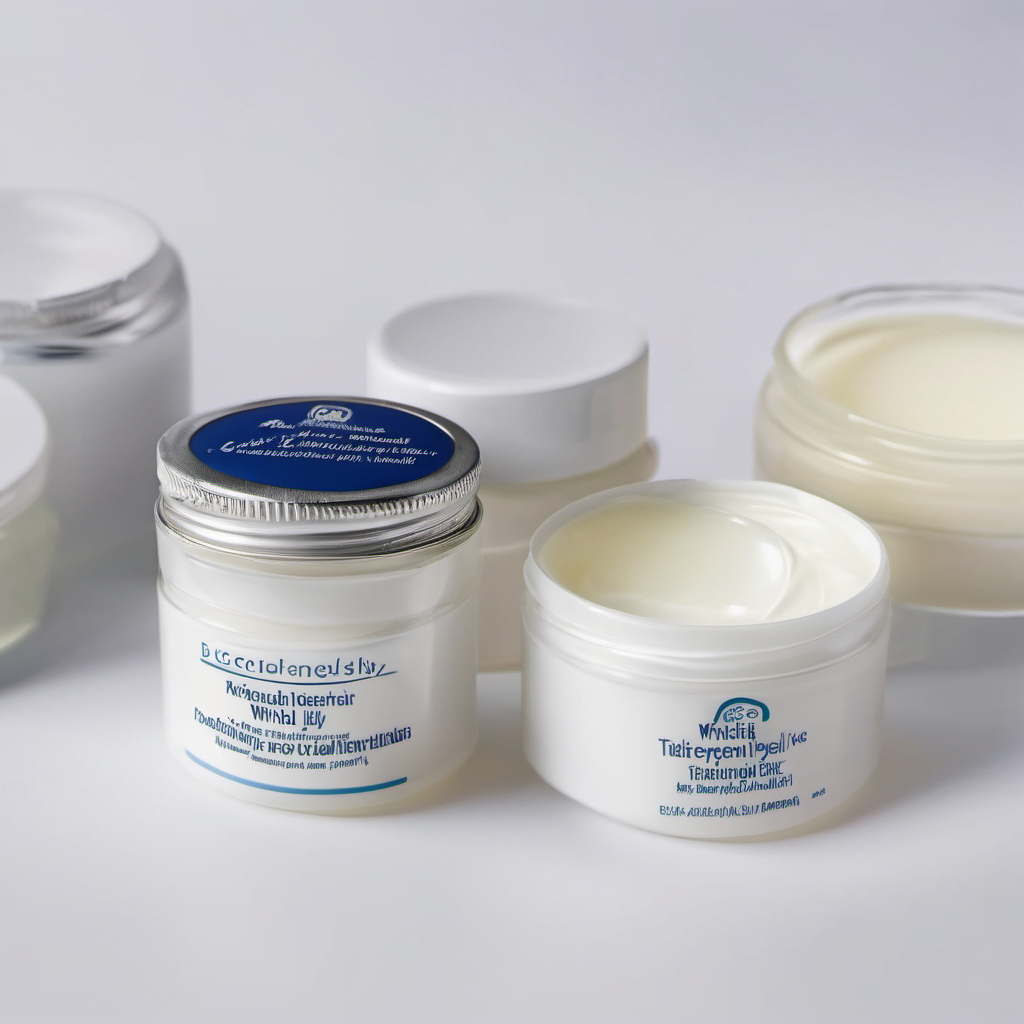What Are Vaseline Ingredients?
Vaseline is one of the most iconic skincare products in the world, yet its simplicity often surprises people. While the product looks like a basic ointment, the science and refinement process behind it are more advanced than most consumers realize. In 2023, the global Vaseline market reached **USD 2.6 billion**, and projections estimate that the market will rise to **USD 4.9 billion by 2031**, driven by a **7.6% CAGR** from 2024 to 2031 (Verified Market Research). This rise shows how demand for petroleum jelly continues to grow in skincare, medical care, and cosmetic formulations.
Why Vaseline Is Classified as Petroleum Jelly
Vaseline is a brand name. The material inside the jar is petroleum jelly, also known as petrolatum, which is a highly refined derivative of mineral oil and paraffin fractions produced by an industrial manufacturer of paraffin oil. A comprehensive dermatology review on PubMed explains that petroleum jelly has been used for more than 150 years in cosmetic and pharmaceutical formulations to protect the skin barrier, enhance wound healing, and reduce transepidermal water loss. The reason Vaseline works so well is that it forms an occlusive barrier—locking in moisture rather than allowing it to evaporate.
Understanding the Ingredient Label on Vaseline Products
When people search “What are Vaseline ingredients?” or “ingredients of Vaseline,” they expect a long list. However, for the **original Vaseline Petroleum Jelly**, the ingredient label includes:
– **White Petrolatum USP (100%)**
That’s it. No fragrance, no alcohol, no water. The brand calls this process **Triple Purified™**, meaning that impurities are filtered multiple times to reach pharmaceutical-grade quality.
—
Vaseline Petroleum Jelly Ingredients (Official Ingredient List)
White Petrolatum USP (100%) – the only ingredient
The International Chemical Safety Card (ICSC 1440) describes white petrolatum as a highly refined semi-solid mixture of hydrocarbons. Because the refinement process removes impurities, the outcome is safe for cosmetic and medical use. This single ingredient is what makes up **Vaseline petroleum jelly ingredients**.
Why some variants include BHT or Tocopheryl Acetate
While the original formula contains only White Petrolatum USP, some versions made for specific markets may include:
– **BHT (Butylated Hydroxytoluene)** – an antioxidant that prevents product oxidation
– **Tocopheryl Acetate (Vitamin E)** – added as a skin-conditioning agent
These additives do not change the base composition of Vaseline; they only improve stability or add additional benefits depending on product type.
—
Ingredients of Vaseline vs. Ingredients in Vaseline
Many users confuse **ingredients of Vaseline** (referring to the *brand product*) with **ingredients in Vaseline** (referring to different SKUs). Both terms are used in search engines, so clarifying the difference helps SEO and user understanding.
“Ingredients of Vaseline” refers to the brand’s original product
This means only one ingredient: *White Petrolatum USP (100%)*
“Ingredients in Vaseline” refers to variations within the brand
This includes:
– Vaseline lotions
– Vaseline Lip Therapy
– Vaseline body moisturizers
These products contain additional emulsifiers, water, glycerin, and sometimes fragrance.
U.S. version vs. EU / Asia version (label differences)
Some international product labels list antioxidants like BHT due to regional regulations. However, regardless of location, **the core ingredient remains petroleum jelly.**
—
Petroleum Jelly Ingredients Explained
Many people want to understand what petroleum jelly truly is and how Vaseline composition differs from generic petrolatum. According to ThoughtCo’s composition overview, petroleum jelly is a **mixture of mineral oils and waxes**.
Mineral oils + waxes (hydrocarbon base)
Petroleum jelly is made of **hydrocarbons**—molecules composed of hydrogen and carbon. These hydrocarbons form a semi-solid texture that melts when exposed to skin temperature, creating a barrier that prevents moisture loss.
Paraffinic hydrocarbons
Paraffinic hydrocarbons are responsible for the smooth spreadability of Vaseline. They help the product melt on contact.
Microcrystalline waxes and their role
Microcrystalline waxes give Vaseline:
– thickness
– stability
– smooth texture
These waxes help Vaseline stay in place, especially on cracked heels or dry lips.
Why pharmaceutical‑grade ingredients matter (USP / BP / Ph. Eur.)
White Petrolatum is considered pharmaceutical-grade only if impurities are removed from this highly refined semi-solid mixture derived from Paraffin Oil, a purified mineral oil used as a pharmaceutical excipient in topical formulations. USP, BP, and Ph. Eur. certifications indicate that the product meets strict purity and quality standards for hydrocarbons used in dermatology and cosmetic ointments. This level of refinement ensures safety for medical use—including wound care, barrier repair, and post-procedure healing.
Vaseline Composition (Scientific Breakdown of Petrolatum)
According to ThoughtCo’s analysis of **petroleum jelly composition**, Vaseline contains hydrocarbons with carbon chain lengths starting from **C25 and higher**. This structure gives it its semi-solid nature and makes it melt at skin temperature.
Chemical structure of petrolatum (C25+ hydrocarbons)
Petrolatum is composed of saturated hydrocarbons, making it non-reactive and extremely stable.
Melting point and consistency
The International Chemical Safety Card (ICSC 1440) lists petrolatum’s melting point as:
– **38°C to 60°C (100°F to 140°F)**
That is why Vaseline softens once applied to the skin.
Insights from research and patents
A petrolatum formulation patent (WO2013080138A2) reveals that altering ratios of:
– linear paraffins
– branched hydrocarbons
– microcrystalline waxes
affects viscosity, melting behavior, and texture.
—
Vaseline Ingredients vs. Vaseline Lotions (Not the Same Ingredients)
A common misconception is that Vaseline lotions contain the same Vaseline ingredients as the original jelly. But lotions are emulsions—they contain both oily and water‑based ingredients.
Pure petroleum jelly = single ingredient
– Vaseline Original: **White Petrolatum USP (100%)**
Why lotions contain multiple inactive ingredients
A typical Vaseline lotion includes:
– water
– glycerin
– stearic acid
– petrolatum (one of many ingredients)
– fragrance
When to choose pure jelly vs. lotion
| Skin Need | Best Option |
|———-|————-|
| Healing cracked skin, intense dryness, slugging | Vaseline Petroleum Jelly |
| Daily moisturizing with faster absorption | Vaseline Lotions |
—
Safety and Purity of Vaseline Petroleum Jelly Ingredients
Triple Purified™ refining process
A PubMed dermatology review highlights that petroleum jelly is considered safe **after refining**, removing contaminants and carcinogenic compounds.
Removal of impurities and PAHs
According to SafeCosmetics.org, unrefined petroleum jelly may contain PAH contaminants. Their report references studies showing that exposure to PAHs was linked to a **50% increased breast cancer risk** in women with high PAH-DNA adduct levels.
➡️ This is why refinement and the Triple Purified™ process are essential.
Non‑comedogenic and safe for sensitive skin
Despite misconceptions, Vaseline is **non‑comedogenic**, meaning it does not clog pores. However, Healthline shares that:
– 17% of women used petroleum jelly as a vaginal lubricant
– *40% of those users* tested positive for bacterial vaginosis
This misuse is risky—not due to Vaseline ingredients, but due to improper application.
—
How to Identify Authentic Vaseline Based on Ingredients
What to check on the ingredient label
Look for:
– “White Petrolatum USP (100%)”
– “Triple Purified™”
Texture and color differences
Pure Vaseline:
– Clear to slightly yellow
– Smooth texture
– No harsh smell
Fake or low‑grade petroleum jelly may feel oily, gritty, or overly scented.
—
FAQs About Vaseline Ingredients
Does Vaseline contain water or alcohol?
No. Vaseline contains **no water or alcohol**, which is why it doesn’t evaporate.
Why do some products list fragrance or vitamin E?
These belong to other Vaseline product lines—not the original petroleum jelly.
Are Vaseline ingredients different by country?
Yes. Some countries list antioxidants like BHT due to regulatory differences.
Are petroleum jelly ingredients safe for face and lips?
Yes—when petroleum jelly is refined to pharmaceutical-grade purity.

This is Kamran Malekian working in the petroleum jelly manufacturing industry for Navid Noor Company since 2013 I am eager to make content in this industry and have a good impact on professional users and people using cosmetic and pharmaceutical products.











No comment